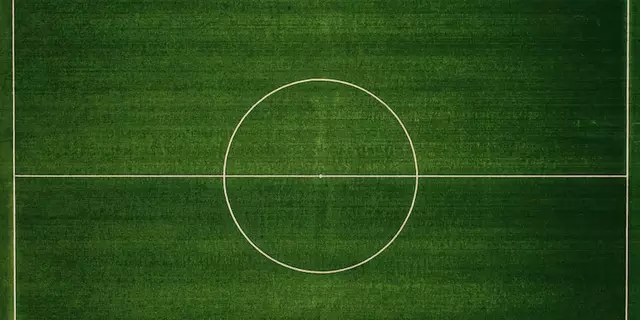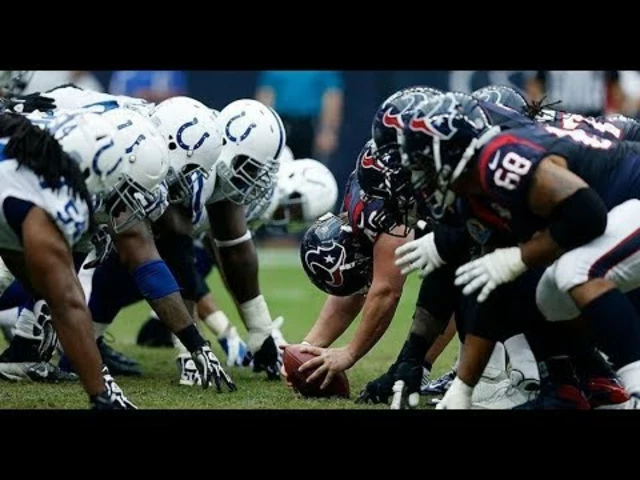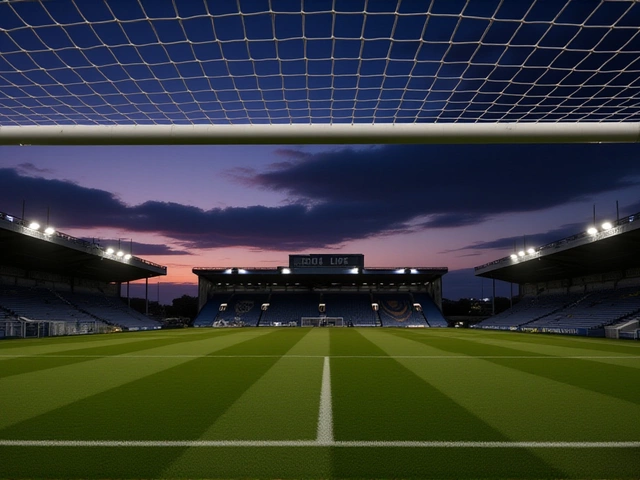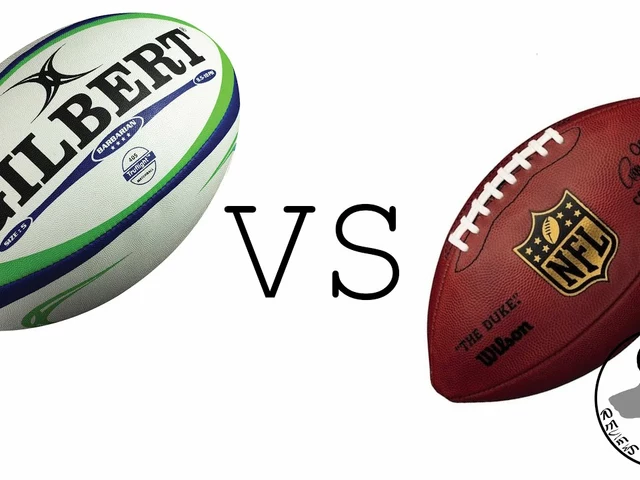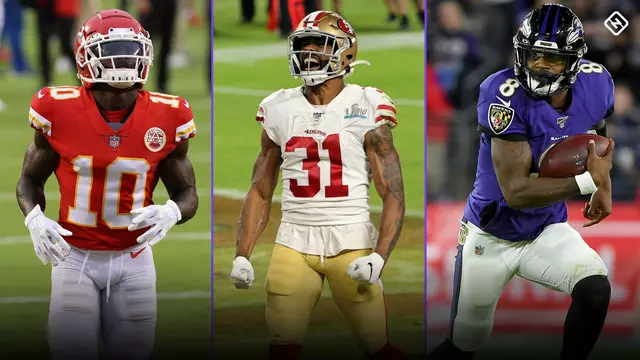Speed Comparison in Rugby, Football and Beyond
Ever wondered why a rugby winger can blaze past a defender while a quarterback seems to have more time? It all comes down to how each sport uses speed. In this guide we break down the key numbers, training tips and real‑world examples that show how fast athletes really are.
Why speed matters on the field
Speed isn’t just about sprinting the 100 m faster than anyone else. In rugby it means breaking a line, covering a large playing area and supporting tackles. In American football a burst of speed can create a separation for a receiver or help a running back dodge a tackle. Soccer players rely on quick bursts to find space in tight quarters, while tennis pros need explosive footwork to chase every ball.
Coaches look at speed to decide where a player fits best. A rugby wing who can hit 10.5 m/s over 30 m is a threat in open play. A football wide receiver who can run a 4.4‑second 40‑yard dash gets more chances to catch deep passes. Knowing these benchmarks helps teams build tactics that play to their strengths.
How different sports stack up
Rugby players typically cover more ground during a game than football players. Studies of professional matches show a winger averaging 5‑6 km of total running, with several 30‑40 m sprints at top speed. By contrast, an NFL wide receiver might sprint 20‑30 m on a play, then sit while the next down starts.
American football emphasizes short‑range bursts. The 40‑yard dash is the gold standard for speed testing, and a time under 4.5 seconds is considered elite. Rugby doesn’t have an exact equivalent, but the 30‑m sprint is common in talent scouting, with top prospects hitting sub‑3.6‑second marks.
Soccer players, on the other hand, mix short spikes with long jogs. A midfielder may run 10 km in a match, but only a handful of those are full‑speed sprints, usually under 20 m. Their top speed often sits around 9 m/s, slightly slower than a rugby wing but comparable to many football players.
Tennis athletes have the fastest footwork per second. A professional can change direction in under 0.5 seconds, covering 3‑4 m laterally in a single rally. While the total distance is low, the intensity of each movement rivals the sprint bursts seen in rugby and football.
Training for speed varies too. Rugby coaches focus on repeated 30‑m sprints with short recovery to simulate game demands. Football trainers count on explosive lifts, sled pushes and 10‑yard bursts. Soccer workouts blend agility ladders and interval runs, while tennis players do quick footwork drills and plyometrics.
If you’re a player looking to improve, start with the basics: a strong core, powerful legs and good technique. Sprint drills, resistance band work and hill repeats boost acceleration. For rugby, add longer repeats to build endurance; for football, prioritize pure explosiveness; for soccer, mix in agility cones; for tennis, focus on lateral quickness.
Bottom line: each sport values speed differently, but the underlying physics are the same. Faster athletes win more one‑on‑one battles, create scoring chances and lift team morale. Understanding the specific speed demands of your game helps you train smarter and play harder.
Ready to test your own speed? Grab a stopwatch, mark out 30 m and see how fast you cover it. Compare your time to the benchmarks mentioned here and pinpoint where you need work. With the right focus, you’ll see measurable gains in no time.
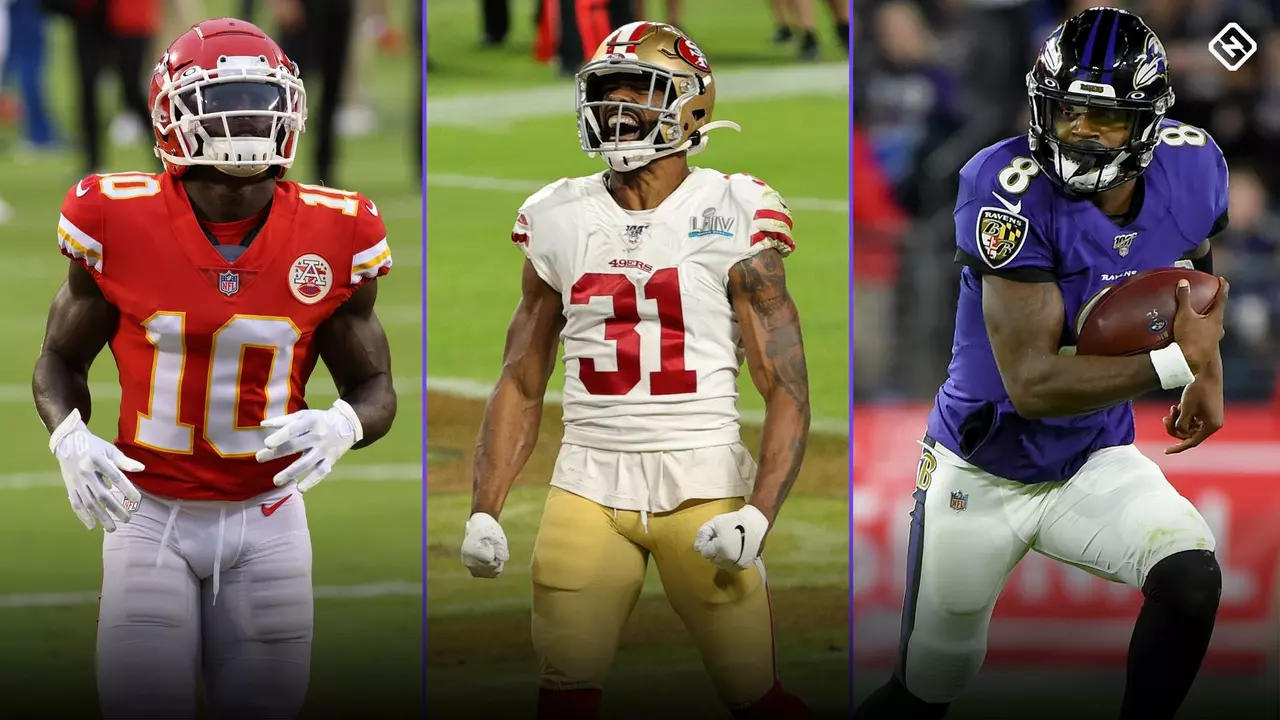
Are NFL players faster than rugby players?
I recently came across an interesting debate on whether NFL players are faster than rugby players. While both sports require speed and agility, the types of training and physical demands vary. It seems that NFL players tend to focus more on explosive speed, whereas rugby players need to maintain their pace throughout the game. However, it's tough to make a direct comparison as athletes in both sports possess exceptional speed in their respective fields. Ultimately, I believe we can appreciate the athleticism and skill of both NFL and rugby players without declaring one faster than the other.
May 5 2023
